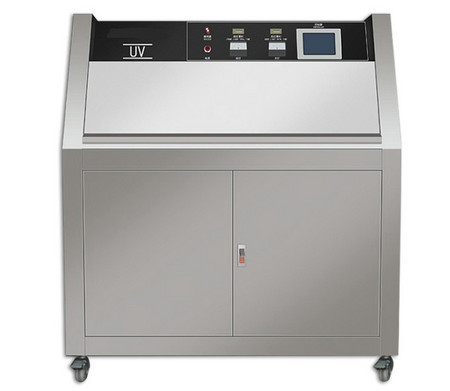
NewsInformation Center
What types of materials can be tested using a UV aging test chamber?
2023/10/18
UV aging test chambers are commonly used to evaluate the aging properties of materials by simulating the daily exposure of materials to UV radiation and other environmental factors. These test chambers are widely used in a variety of industries, including construction materials, coatings, plastics, rubber, textiles, and automotive parts.
Here are some of the types of materials that can be tested in a UV aging test chamber:
1. Building materials: such as paints, coatings, adhesives, concrete and wood. These materials are exposed to factors such as UV light, temperature, humidity and atmospheric pollutants in outdoor environments. By using a UV aging test chamber, these conditions can be simulated in order to assess changes in durability and performance of the materials.
2. plastics and rubber: UV radiation can cause fading, deterioration and cracking of plastics and rubber materials. UV aging test chambers can simulate factors such as solar radiation and thermal cycling to assess the weathering, ageing and mechanical properties of materials.
3. textiles: textiles such as fabrics, ropes, cords and fibres are usually exposed to UV radiation outdoors. the UV aging test chamber can simulate such exposure conditions to assess the durability, colour fastness and anti-ageing properties of textiles.
4. automotive components: automotive components such as plastic parts, rubber seals and coatings are subjected to prolonged outdoor exposure. By testing in a UV aging test chamber, the performance and durability of these parts can be evaluated under conditions such as UV radiation, thermal cycling and humidity changes.
5. Packaging materials: industries such as food and pharmaceuticals need to assess the durability and stability of packaging materials. the UV aging test chamber can simulate the aging of these materials under outdoor conditions to assess their stability and safety against UV radiation and other environmental factors.
These are just some of the materials that can be tested by UV aging test chambers, in fact, its application areas are far more than these. Almost all materials, as long as they are exposed to UV radiation and require a certain service life and stability, basically need to carry out UV aging test. This includes glass, stone, ceramics, metals, and even things like biological tissue (e.g. artificial skin).
In general, whether it is a chemical product or a natural product, if there is a possibility that it will be exposed to UV light during use, then UV ageing tests are required to ensure that the material or product will maintain its expected performance and aesthetics during its service life. How to set up the test conditions, interpret the test results and optimise the product accordingly requires specialist knowledge and experience in the relevant field.
Previous: Flammability testing standards for clothing sold in the United States
N e x t : 2023/24 India's cotton production expected to reach as high as 34 million bales




